序章
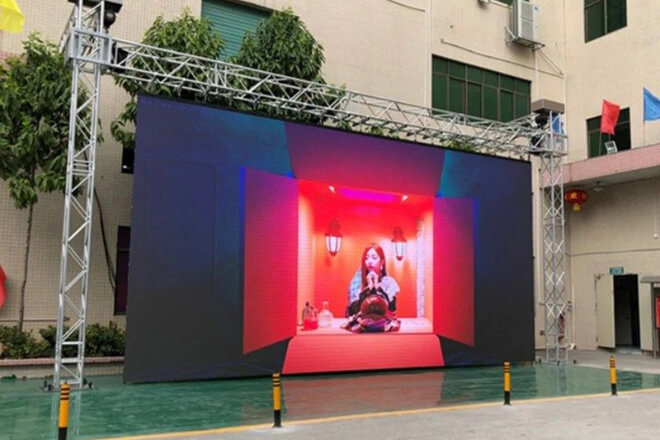
技術の急速な発展により、 LEDディスプレイ are everywhere in our lives, from commercial advertisements to public information displays, and they play an important role.
However, when these screens are dismantled for various reasons, their fate is often overlooked. Is it directly discarded, or is it looking for new utilization value?
目次
1. What are the typical reasons for the retirement of old LED screens?
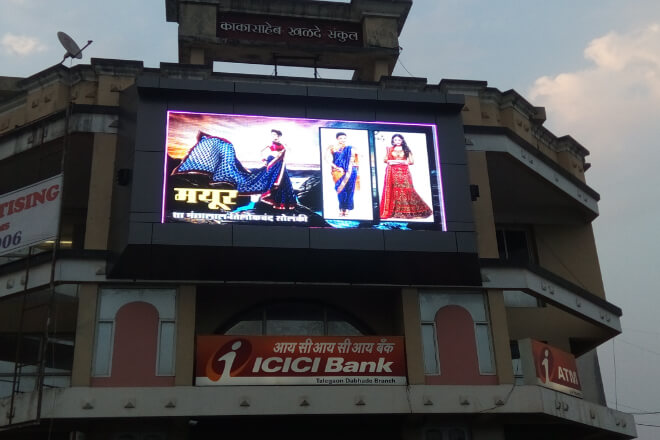
1). The performance is slowly failing to keep up with the service life
After a long period of use, the LED lamp beads will slowly age, the screen brightness will not be as bright as before.
The color will become less accurate, and sometimes there will be bad pixels or color blocks, and the overall picture will be uncomfortable to look at.
Especially 屋外 LED スクリーン, which are often exposed to wind, sun, and rain, and the hardware ages faster.
It is troublesome and expensive to repair, and it is becoming less and less cost-effective to maintain.
2). Want to change to a more advanced one with clearer and better-looking pictures
LED technology updates quickly, and the new screen has higher 解決、 denser pixels, more delicate picture quality, and richer color performance.
In order to attract customers and enhance their brand image, many businesses will choose larger and higher-definition screens, so the old screens will naturally be replaced.
3). Business needs have changed, or the venue has been renovated
Sometimes, the store or ショッピングモール changes its business model, or the venue has been replanned, and the position and size of the previous screen are no longer suitable.
For example, if the area is expanded or the advertising area is changed, the old screen must be removed and replaced with a new one to match the new layout and needs.
4). The maintenance cost is getting higher and higher, and it is troublesome to repair
Old equipment parts are becoming more and more difficult to find, and maintenance workers may not be able to repair them immediately. If they are broken, they have to wait for a long time, and the cost is not small.
If this goes on for a long time, the maintenance cost will become higher and higher. Compared with directly replacing a new screen, many people will choose to replace the screen.
2. Can it be "waste utilization"? What are the key factors to look at?
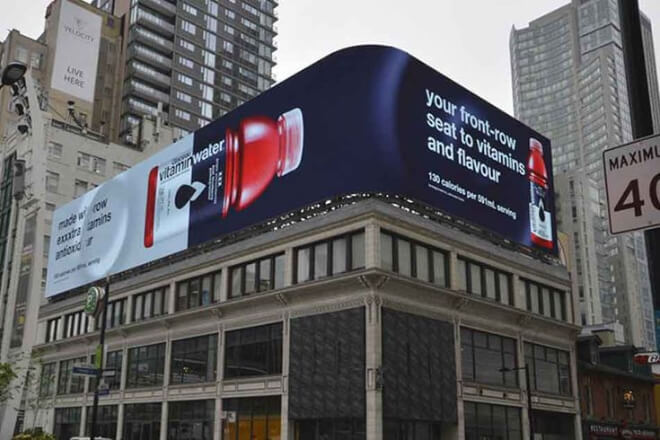
1). Is the LED screen module intact?
First of all, it depends on whether the module itself is seriously damaged, such as whether the dead light rate is high, whether there is an obvious color difference, bad pixels, or unstable display.
If a large number of lamp beads are damaged or the color of the module is seriously uneven, continuing to use it will not only affect the picture effect, but also reduce the overall look and feel and professionalism.
Especially for old screens that are used for display or advertising, if even the basic picture cannot be guaranteed, it will be difficult to “re-employ” them.
But if there are only some minor problems in the corner area, or the color difference is not too serious, it can actually be relegated to the “second line”, such as in the background, warehouse, and internal notification display.
2). Whether the control system is still compatible with the current playback content
The control system is like the brain of the LED screen. It depends on whether it can continue to “command” the playback content.
Some old screens use old model control cards or early software, which may not support the currently commonly used video formats, or the interface is incompatible with the existing playback equipment.
In this case, it is necessary to determine whether the control system can be upgraded or the control card can be replaced.
If only the control card is old but the screen is still okay, then it can continue to be used by changing the control card.
However, if the entire system cannot keep up with the new technology, the cost and difficulty of waste utilization will increase.
3). Whether the 電源, circuit, and wire can still be reused
This part is directly related to the safety of use and the stability of operation. The most common problems of old equipment are the aging of the power supply, damaged wires, or poor contact.
If the power supply is often hot or unstable, it may cause tripping and even safety hazards.
The wires should also be checked for obvious damage, aging, insulation peeling, and other problems.
If these basic components can still be used, then “waste utilization” will save a lot of money.
But if they all need to be replaced, it is almost equivalent to “rebuilding a new piece”, so it is better to buy a new one directly.
3. What are the common ways to reuse old LED display screens?
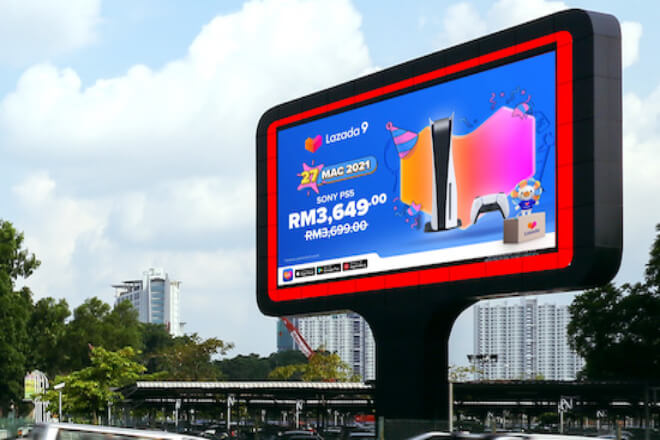
If the LED screen can still light up and there are no obvious problems, it can actually be transferred back to the company for continued use.
For example, put it in the conference room for meetings, play notifications, and display data.
Or play corporate culture videos in a loop at the front desk and employee lounge. Internal use does not require such high image quality, and the old screen can easily do the job without wasting it.
Although the old LED display may not be suitable for the door or main display area, it is still very practical to move it to a place with less traffic.
For example, in corridors, stairways, elevator entrances, and the back area of the factory, it is still very practical to continue to use it as a guide sign, prompt information.
Or scrolling announcement. In areas where the picture is not required, the old screen can be used.
There are many people in the market who specialize in finding cheap second-hand LED screens, such as for temporary exhibitions, short-term activities, local small shops, etc.
They don’t care much about whether it is the latest model, as long as it can be used. If you happen to have an old screen and don’t plan to use it yourself.
You can resell it through a rental company or the second-hand market to recover part of the cost and let the screen continue to play its residual heat.
Although the pictures of some old screens are not “perfect”, if they are spliced together to make a modeling wall, a digital background device.
Or an interactive element of a science and technology exhibition hall, they will have a kind of “industrial style” coolness.
Especially in cultural and creative spaces, trendy exhibitions, and exhibition hall decorations.
With a little modification, the old screen can also be transformed into an eye-catching creative device.
In short, as long as the old LED screen can still light up, don’t rush to throw it away. Whether it is for your own use, reselling to others.
Or re-making new patterns, as long as it is used skillfully, it can continue to “work”, saving money and protecting the environment.
4. Technical inspection and repair suggestions before reuse
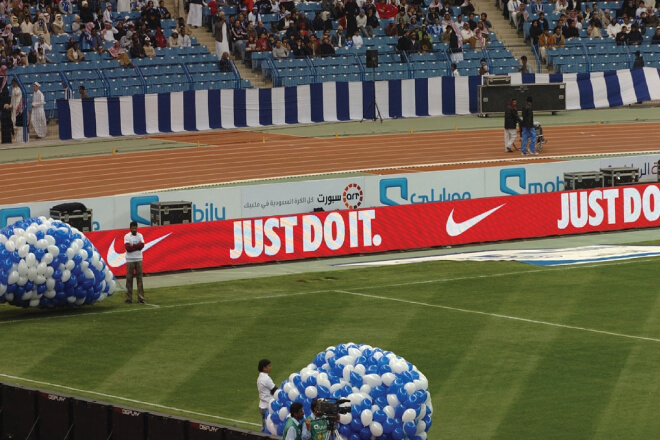
1). Check each module to see if the 輝度 and color are still uniform
Don’t just look at whether the entire LED display is bright or not; test each module. In particular, check whether there are problems such as dead lights, uneven brightness, and color deviation.
Sometimes it looks fine at first glance, but when you look closer, the color is dark and light, and the picture is not coordinated.
If only one or two modules have problems, you can replace them separately, which is economical and simple.
2). Replace the power supply and control card when they should be replaced, don’t save this little money
Aging or unstable output of the power supply not only makes it easy to burn the screen, but also may cause tripping or even safety accidents.
If the control card is too old, there may be problems such as playback jamming and poor compatibility.
If these parts have been used for many years, it is recommended that they be replaced directly. Replacing key parts is much more cost-effective than repeatedly repairing them later.
3). Clean thoroughly and remove dust hazards
Many old LED screens have accumulated a lot of dust due to long-term use, especially at the heat dissipation ports, power modules, and wiring points.
Too much dust not only affects heat dissipation but also easily causes short circuits.
It is recommended to clean the entire screen after disassembly, use a hair dryer or brush to clean the dust, and if necessary, do dust prevention to make the old screen “renewed”.
Doing these technical tests and basic repairs in advance can not only determine whether the old screen is worth reusing, but also greatly improve its subsequent stability.
Don’t be afraid of oldness, just be afraid of ignoring the problem and forcing it to go into battle.
Which will not only cause bad results and delay things. If minor repairs are done, the old LED screen can still “work steadily”.
5. Which scenarios are more suitable for "reuse screen"?
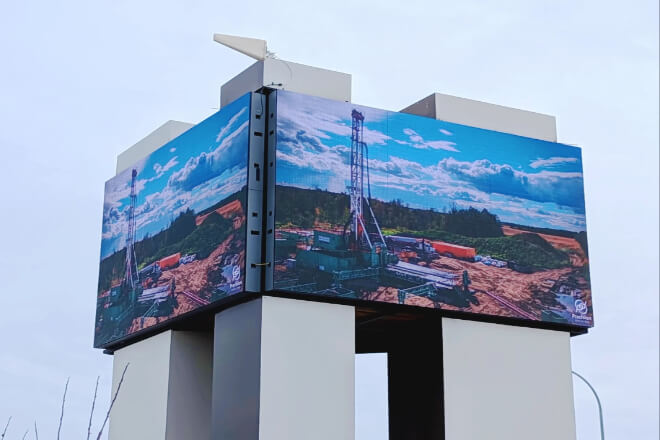
1). Local 展示会, small temporary events
Many places hold promotional exhibitions, small industry exhibitions, business roadshows, or festivals for a short time and with limited budgets.
It is too expensive to use a new screen, so the old LED screen is particularly suitable for “replacing the post”.
Although the picture quality may not be the highest definition, as long as it plays promotional videos, LOGO animations, and event information, it is enough.
It can also be recycled, is easy to disassemble and assemble, and has a very high cost performance.
2). School bulletin boards, community bulletin boards
Campuses and communities need to publish notices, release event previews, promote civilized slogans, etc., on a daily basis.
The content is simple, the rhythm is slow, and the technical requirements for display equipment are not high.
Installing old LED screens in these locations can not only save costs, but also make the announcement content more eye-catching and easier to update. It is much more worry-free than paper posters and is also environmentally friendly.
3). Construction site information boards, simple electronic notices
The common electronic notice boards, progress display screens, and safety notice boards on construction sites are mainly text or numbers, and have low requirements for color and clarity.
In addition, the environment used on these occasions is relatively rough, so it is a bit “wasteful” to replace the new screen.
It is safe and practical to use the old screen, and you don’t have to worry about it or worry about it getting dirty.
4). To summarize:
The common characteristics of these scenarios are budget sensitivity and moderate technical requirements.
In other words, as long as they can work normally and without failure, the old LED screen will be very useful.
They may no longer be able to support the “protagonist halo”, but if used in the right position, they can still shine and heat, and truly “retire but not rest”.
6. Is it worth investing in the renovation of old screens? How to calculate whether it is cost-effective?

Is it worth investing in the renovation of old screens? Whether to spend this money or not, you have to do a good economic analysis, mainly considering the following aspects:
1). Refurbishment cost versus new screen purchase price
First, calculate how much it will cost to refurbish, including the cost of replacing modules, control cards, power supplies, and doing comprehensive inspections and cleaning.
Then compare this number with the price of buying a new screen.
If the renovation cost is close to or exceeds the price of a new screen, it doesn’t make much sense.
Generally speaking, the cost of refurbishment should be controlled within 50%-70% of the price of the new screen, so that the cost performance is reasonable.
2). How long is expected to be used
How long the old screen can be used stably after refurbishment is a key indicator. If it can only last for one or two years at most after refurbishment, the return on investment is relatively low.
But if it can be used for 2-3 years or even longer, then the refurbishment is more valuable. Because the hardware life of the old screen itself is also limited, the refurbishment must consider the overall life cycle.
3). Whether the brand image and display effect can be maintained
This is a soft but very important point. Especially in occasions where the brand image is required to be high, the screen’s picture quality, color accuracy, and overall visual effect cannot be poor.
If the refurbished screen performs poorly, it will affect the brand image, and it will not be cost-effective, no matter how cheap it is.
On the contrary, if the picture quality of the old screen is stable after refurbishment and can meet the display needs, it is a cost-effective investment.
4). To summarize:
Whether it is cost-effective to refurbish the old screen depends on how long the money spent can last.
As long as the cost is reasonable, the lifespan is long enough, and the picture quality is guaranteed, refurbishment is a wise move.
On the contrary, it is better to buy a new screen than to risk the brand image. Only by making these comparisons can you make a reliable decision.
7. Conclusions
Reusing old LED screens is not only a cost-saving and wise choice but also an environmentally friendly action.
Through reasonable inspection, repair, and repositioning, these seemingly “retired” devices can be rejuvenated and continue to serve our lives and work.
最後に、LEDディスプレイについてもっと知りたい方は、 お問い合わせください.
